Burn wounds result from exposure to heat, chemicals, electricity, or radiation, leading to tissue damage and varying degrees of skin loss. The severity of a burn is classified into categories: first-degree burns affect only the outer layer of skin, second-degree burns impact both the outer and underlying layers, and third-degree burns penetrate all skin layers and may damage deeper tissues. Understanding the nature of burn wounds is crucial for effective treatment, as the healing process can be complex and requires specialized care.
Proper management of burn wounds is vital to prevent complications such as infection, scarring, and functional impairment. A multidisciplinary approach, including wound care, pain management, and rehabilitation, ensures that patients receive comprehensive care tailored to their specific needs.
The Importance of Wound Dressing in Burn Care
Wound dressing is a critical component of burn care, significantly influencing the healing process and patient outcomes. The primary functions of wound dressings include protecting the burn from infection, maintaining a moist environment to promote healing, and minimizing pain and discomfort. Effective dressings can also help in the absorption of exudate, reduce the risk of scarring, and facilitate easier inspections by healthcare professionals.
The choice of dressing can affect the overall recovery trajectory, making it essential for healthcare providers to select appropriate materials based on the burn type, depth, and location. Regular dressing changes are necessary to assess the healing process and make adjustments to the treatment plan as required.
Types of Burn Dressings: A Comparative Overview
Burn dressings are categorized based on their composition, properties, and intended use. Common types of burn dressings include gauze dressings, film dressings, hydrocolloid dressings, foam dressings, and alginate dressings. Each type has unique advantages and is suitable for specific burn conditions.
Gauze dressings are often used for their affordability but may adhere to wounds, causing pain upon removal. Film dressings provide a protective barrier while allowing moisture to escape, making them ideal for superficial burns. Hydrocolloid and foam dressings offer excellent moisture retention and cushioning, suitable for moderate to severe burns, while alginate dressings are highly absorbent and effective for wounds with significant exudate. Understanding these differences is essential for optimal burn care management.
Hydrogel Dressings: Benefits for Moist Wound Healing
Hydrogel dressings are designed to maintain a moist environment, which is crucial for promoting the healing of burn wounds. These dressings consist of a water-based gel that provides hydration to the wound while also offering a cooling effect, which can alleviate pain and discomfort. The moist environment created by hydrogel dressings encourages epithelial cell migration, enhancing the healing process and reducing the risk of scarring.

Additionally, hydrogel dressings are beneficial for debridement, as they can soften and assist in the removal of necrotic tissue. They are particularly suitable for partial-thickness burns and wounds that require gentle care, as they minimize adherence to the wound bed and can be easily removed without causing trauma to the healing tissue.
Foam Dressings: Absorbing Exudate and Protecting the Wound
Foam dressings are designed to absorb exudate while providing a protective barrier for burn wounds. These dressings are composed of soft, flexible materials that conform to the wound’s shape, offering cushioning and reducing the risk of secondary injury. The absorbent properties of foam dressings make them ideal for managing moderate to high levels of exudate, which is common in burns that involve deeper tissue layers.
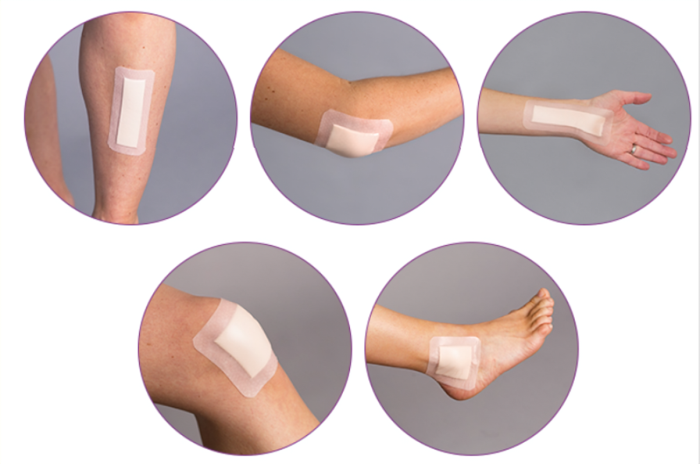
In addition to their absorbent capabilities, foam dressings help to maintain a moist wound environment, promoting faster healing while preventing the wound from drying out. They also provide insulation, which can aid in pain management by keeping the wound area warm. Foam dressings are versatile and can be used in various burn care situations, making them an essential component of modern wound management.
Alginate Dressings: Ideal for Moderate to Heavy Exudates
Alginate dressings are highly absorbent and are ideal for managing moderate to heavy exudates. Made from seaweed, these dressings promote a moist healing environment, which helps in reducing pain and enhancing the healing process for burn wounds.
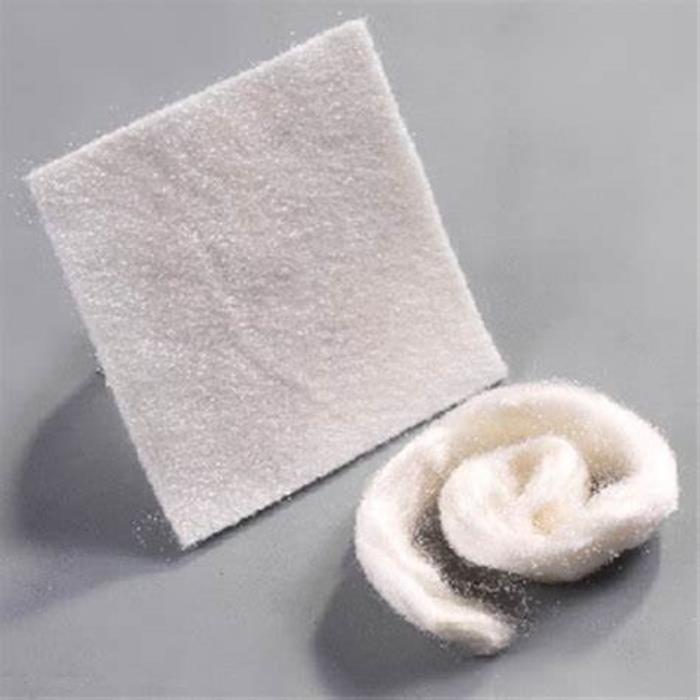
Silver-Infused Dressings: Antimicrobial Properties for Infection Prevention
Silver-infused dressings are effective in preventing infection due to their antimicrobial properties. They release silver ions that inhibit bacterial growth, making them an excellent choice for burn wounds at risk of infection, thereby promoting faster healing.
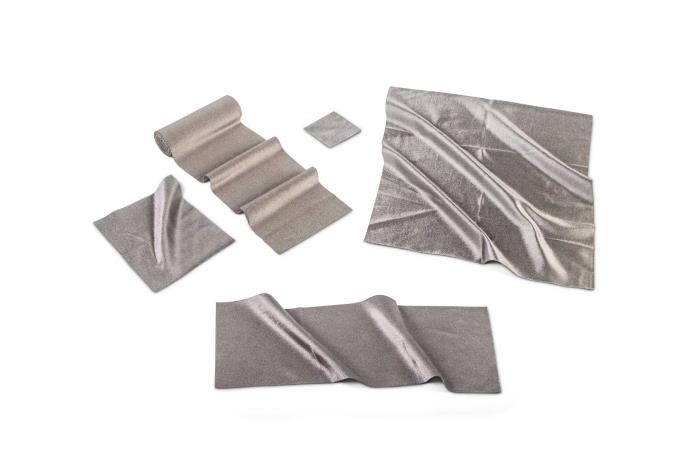
Biologic Dressings: The Role of Human Skin Substitutes
Biologic dressings, or human skin substitutes, play a critical role in burn care by providing a biological barrier to promote healing. These dressings facilitate the regeneration of skin cells and improve healing outcomes in patients with severe burns.
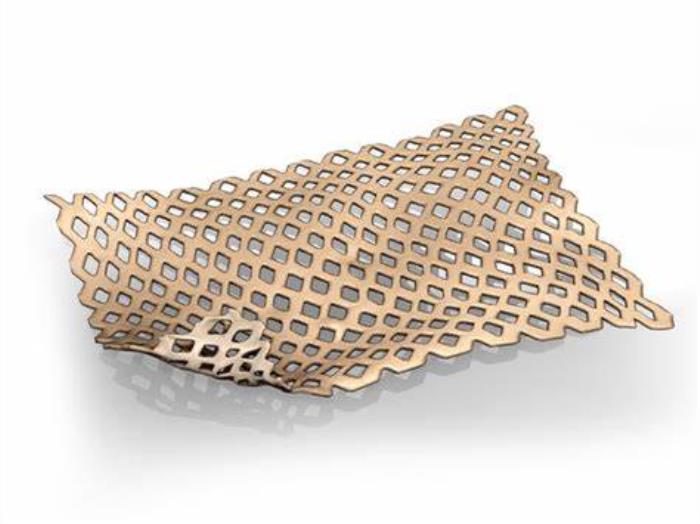
Nanofiber Dressings: Innovative Solutions for Burns
Nanofiber dressings are cutting-edge materials that offer enhanced fluid management and gas exchange. Their unique structure allows for better adhesion and can improve healing times for burn injuries by maintaining a moist wound environment.
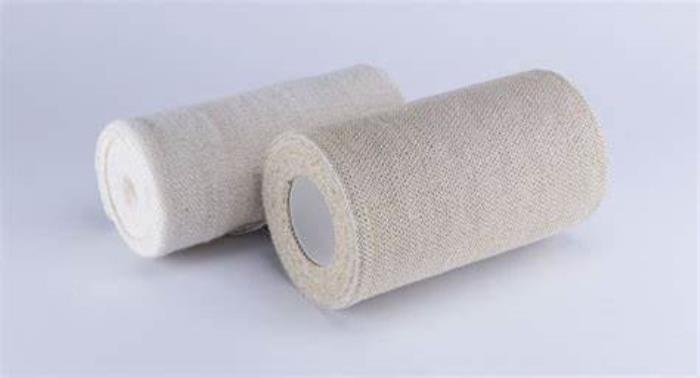
The Advantages of Transparent Film Dressings
Transparent film dressings are beneficial for superficial burns as they provide a protective barrier while allowing for easy monitoring of the wound. They are waterproof and help maintain a moist environment, which is essential for optimal healing.
Hydrocolloid Dressings: Promoting Healing in Partial-Thickness Burns
Hydrocolloid dressings are effective for partial-thickness burns, as they create a moist environment that aids in healing. These dressings are adhesive, flexible, and help minimize pain during dressing changes, making them patient-friendly.
The Use of Compression Dressings in Scar Prevention
Compression dressings are crucial for preventing hypertrophic scars after burn injuries. They provide consistent pressure to the healing tissue, which helps flatten and soften scars, improving the aesthetic outcome for patients.
Smart Dressings: The Future of Burn Care Technology
Smart dressings represent the future of burn care technology, incorporating sensors to monitor temperature, pH, and moisture levels. These innovative dressings can alert healthcare providers to changes in the wound condition, enabling timely interventions.
How Innovative Dressings Enhance Patient Comfort
Innovative dressings enhance patient comfort by reducing pain and irritation during the healing process. Features like breathability, flexibility, and moisture-wicking properties contribute to a better overall experience for burn patients.
Cost-Effectiveness of Modern Burn Dressings
Modern burn dressings can be cost-effective by reducing healing times and complications associated with traditional methods. Investing in advanced dressing options can lead to lower overall healthcare costs through improved outcomes and fewer required interventions.
Wound Care Protocols: Integrating Innovative Dressings
Integrating innovative dressings into wound care protocols enhances the healing process for burn patients. Utilizing advanced materials that offer antimicrobial properties, moisture management, and pain reduction can lead to improved patient outcomes and faster recovery times.
How to Choose the Right Dressing for Different Burn Types
Choosing the right dressing for different burn types is crucial for effective treatment. For superficial burns, transparent film dressings are ideal, while deeper burns may benefit from alginate or hydrocolloid dressings that provide moisture retention and absorb exudate.
Innovations in Dressing Materials: Biocompatibility and Safety
Recent innovations in dressing materials focus on biocompatibility and safety, ensuring minimal irritation and adverse reactions for patients. Materials like nanofibers and biologic dressings are designed to support natural healing while maintaining a safe interface with the skin.
Case Studies: Successful Outcomes with Innovative Dressings
Case studies demonstrate the successful outcomes achieved with innovative dressings in burn care. Patients treated with advanced dressings often experience reduced healing times, lower infection rates, and improved overall satisfaction compared to traditional methods.
The Importance of Wound Care in Burn Recovery
Understand the critical role of wound care in the recovery process for burn victims. Proper wound care helps prevent infections, promotes healing, and reduces the risk of scarring, ultimately enhancing the quality of life for those recovering from burns.
Recent Advances in Burn Treatment Techniques
Discover the latest advancements in burn treatment techniques, including skin grafting, regenerative medicine, and new topical therapies. These innovations aim to improve healing times and outcomes for burn patients, making recovery more effective and less painful.
Best Severe Burn Treatment in India
The Best Severe Burn Treatment in India is delivered by specialized burn surgeons who use advanced techniques to promote healing and recovery, providing personalized care tailored to each patient's unique needs.
Best Severe Burn Hospitals in India
The Best Severe Burn Hospitals in India are equipped with state-of-the-art facilities and technology, ensuring comprehensive care, including pre-treatment evaluations and post-operative rehabilitation for optimal recovery.
Severe Burn Treatment Cost in India
When evaluating the Severe Burn Treatment Cost in India, patients can expect competitive pricing at top hospitals, which offer transparent costs without sacrificing the quality of treatment and care.
Best Severe Burn Doctors in India
The Best Severe Burn Doctors in India possess extensive experience in burn management, focusing on individualized care and innovative surgical techniques to enhance recovery and improve patient outcomes.
FAQs About Innovative Dressings for Burns
What are the benefits of using innovative dressings for burns?
Innovative dressings offer enhanced healing properties, such as moisture retention, antimicrobial effects, and reduced pain during dressing changes.
How do I choose the right dressing for my burn?
The choice of dressing depends on the burn type, location, and severity. Consulting with a healthcare provider is essential for selecting the most appropriate option.
Are there any risks associated with advanced dressings?
While most advanced dressings are designed to be safe and biocompatible, it’s important to monitor for any signs of irritation or infection.
How often should innovative dressings be changed?
The frequency of dressing changes varies based on the dressing type and wound condition. Always follow your healthcare provider’s recommendations for optimal care.
Can innovative dressings be used for all types of burns?
Many innovative dressings can be applied to various burn types, but specific dressings may be more suitable for particular burn classifications. Always consult a healthcare professional for guidance.